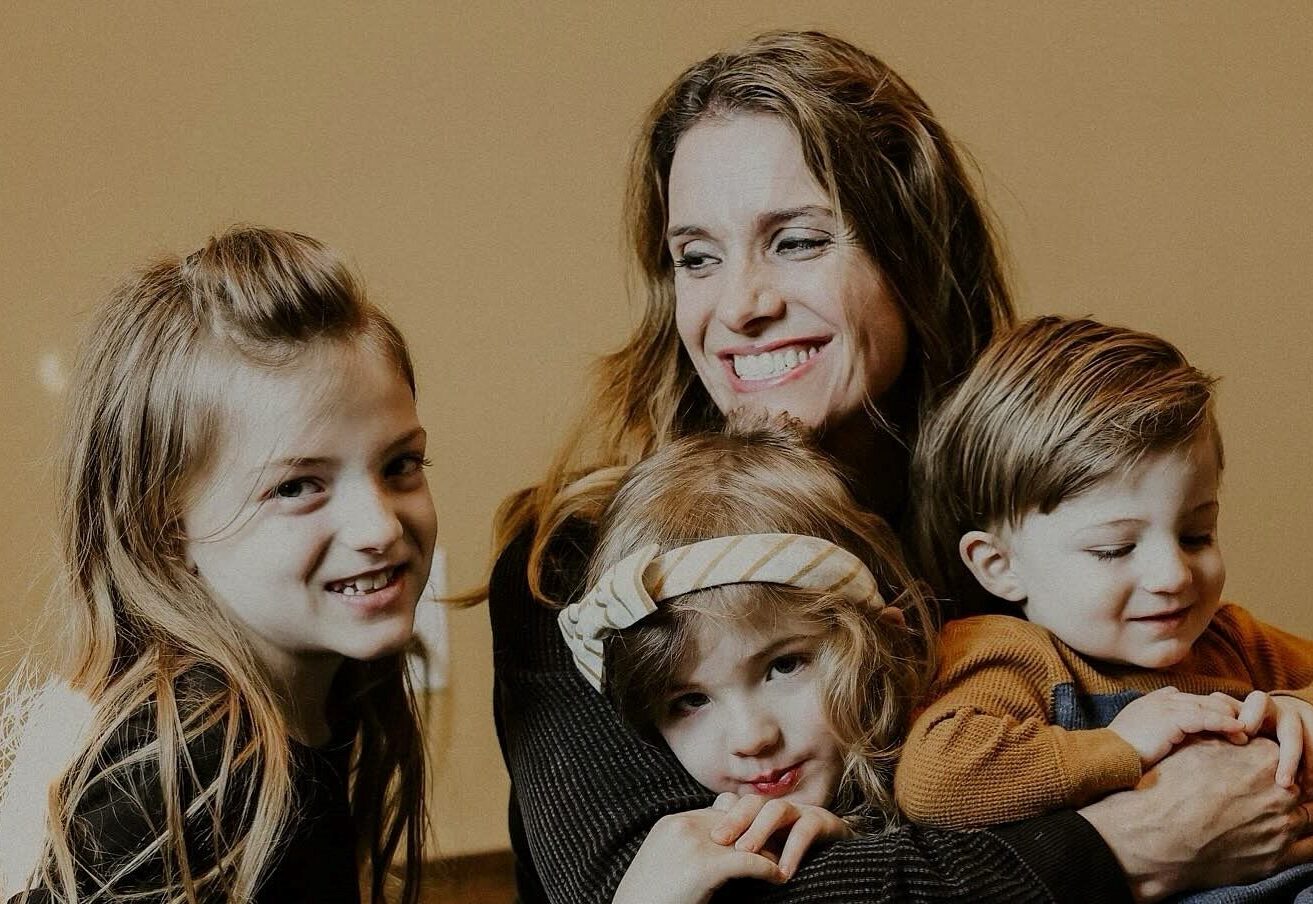This summer my daughter was afraid to jump off the diving platform at our local swimming hole. I watched her approach the edge time and time again, staring wide-eyed at the water below before quickly retreating a safe distance away. This dance of hesitation repeated over and over and I faced the age-old parenting dilemma: how to address childhood fear. Should I reason with her? Distract her? Minimize the fear or empathize with her? Childhood fears can be perplexing to adults even as they can prove paralyzing to our kids.
While kids’ fears can be anything from mystifying to exasperating, there are helpful ways to approach these difficult moments. To combat fear, what children need most is connection with a loving and stable caregiver. According to Patty Wipfler, author of the book Listen and founder of Hand in Hand Parenting, nothing battles fear quite like a united front. Here are a few methods Wipfler suggests to address kids’ fears and how to apply them.
1. Staylistening
As its name suggests, staylistening is when a parent stays with a child and listens to what they have to express. When it comes to fear, staylistening involves taking in a child’s body language, facial expression, and any tears, tantrums, or raging that may occur. A child who fears being alone at bedtime may cry, plead for company, or ask for countless stories and drinks of water. During staylistening a parent provides a safe place for communication. It’s important not to cajole, reason with, or otherwise try to talk a child out of their fear. Staylistening is powerful because it creates a sense of security and stability for a child to be able to fully express themselves and to have that expression heard and respected without being dismissed.
2. Special Time
As Wipfler defines it, special time is when a parent designates uninterrupted time to spend with their child doing an activity of the child’s choosing. Setting a timer to mark the time is helpful and encouraged. The activity can be brief—ten minutes of snuggling or reading together works just fine if that’s what the child enjoys. Parents operating from within the context of a close, loving relationship with their child will be well prepared to provide the security needed to combat fear when it rears its ugly head.
3. Playlistening
Crying, screaming, tantruming, and raging are all ways that children express fear, but laughing and sweating are also powerful forms of release. And they can be so fun! If your child fears getting shots, perhaps you can play doctor and allow your child to administer vaccines to you or to a dozen stuffed animals. If your child is afraid of the dark they might enjoy a game of hide and seek with eyes closed, or you could snuggle in the closet with flashlights and make shadow puppets. Allow the child to direct the play and look for ways to use playful moments to release pent-up fear and anxiety.
4. Setting Limits
Setting reasonable limits for children gives parents the opportunity to encourage children to unload complicated emotions. When my daughter struggled to jump off the diving platform, I told her I expected her to jump off by the end of the summer. In truth, I expected she would jump much sooner than that, which she gleefully did. By setting a limit—an expectation she could see herself keeping—I provided her a framework for sorting through the fear that kept her from jumping. At first, the child may object, but with loving attention and calm enforcement, mom can set the tone and expectation that fear will not rule the day.
5. Listening Partnerships
Attending to children in distress can elicit tears, fears, and anxieties in mom and dad. That’s why Wipfler recommends Listening Partnerships. Adults benefit from the listening ear of a calm, non-judgmental partner. Find a friend or neighbor with whom you can share your frustrations and fears as you begin to listen more closely to your kids. Offer to be a safe and non-judgmental listener for them. Having a place to offload your own complex emotions will prepare you to be the safety net your child needs when they are afraid.
Tell us! How do your children communicate their fears to you?










